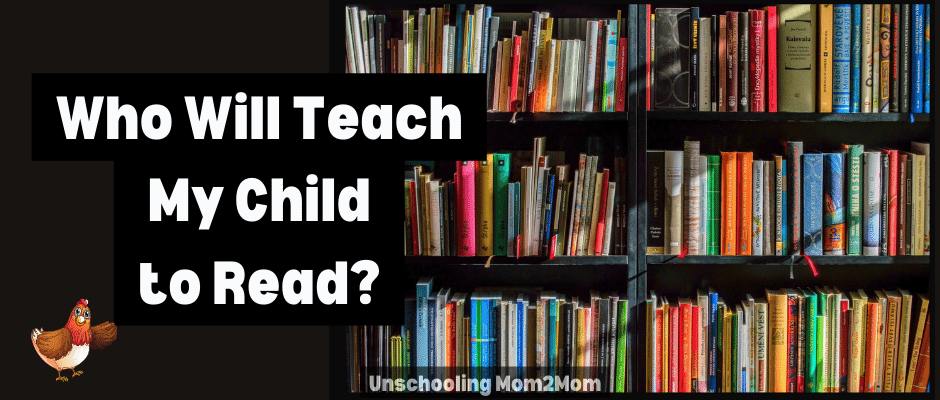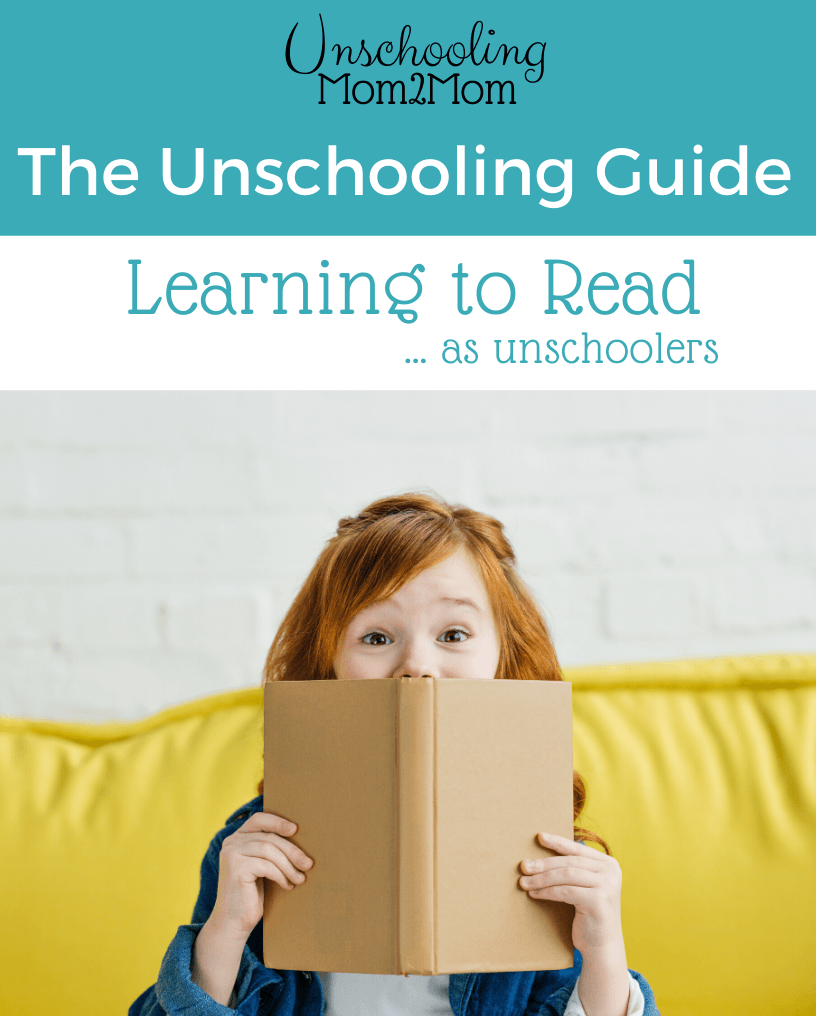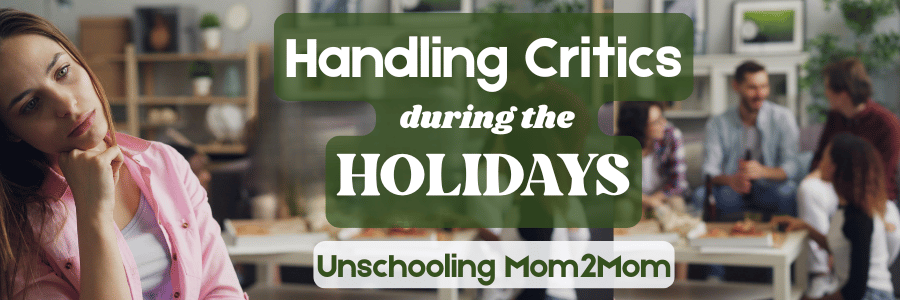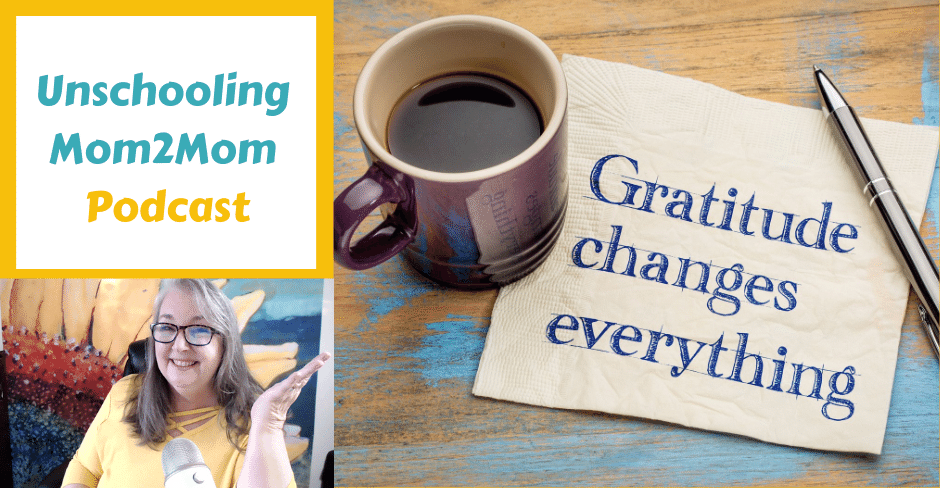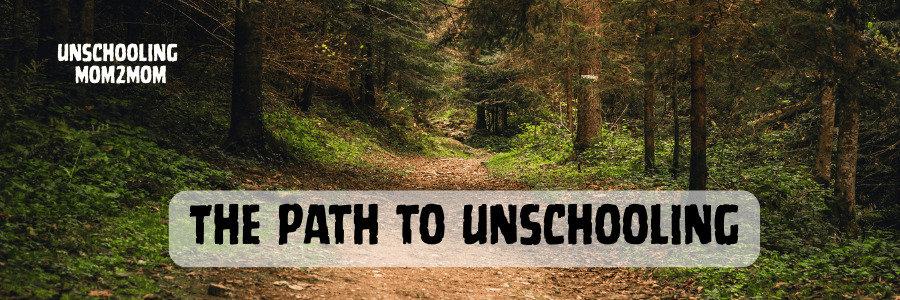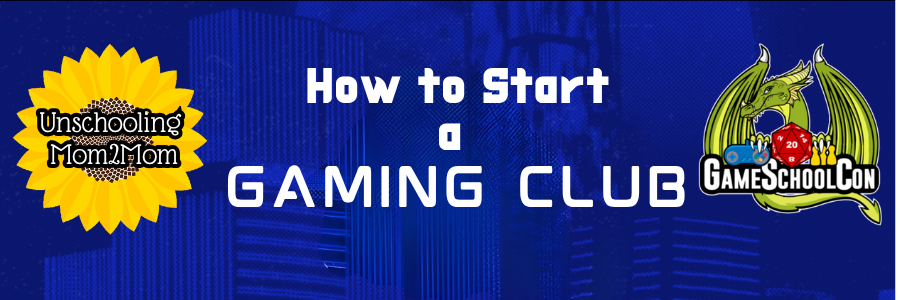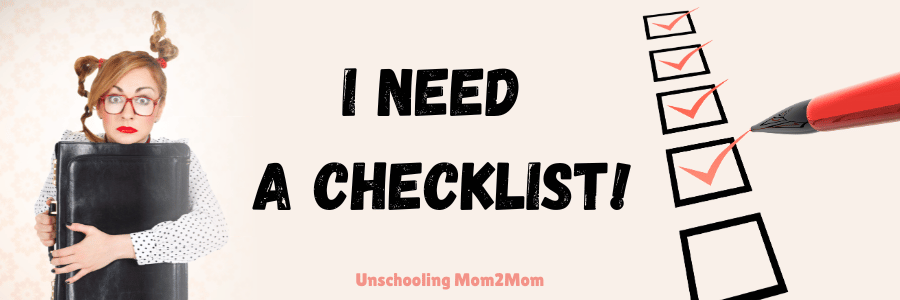Who Will Teach My Child to Read?
This reminds me of The Little Red Hen - who will help her?
Well, as I recall, she did it herself.
So often people wonder how a child will learn to read if they have no teacher to teach them?
Sue Patterson shares how her own children learned to read.
Three children.
Same parents who loved to read.
Same home full of books.
Completely different experiences.
Michael Read Before Kindergarten
Michael loved interaction, so he welcomed and loved when we read to him. Every night, he’d pull together a stack of books beside the bed. I’d ask him which ones he wanted to read…”ALL of them!” And he meant it! haha!
Michael would follow along page by page. Sometimes I pointed to the words as I read it (when he was maybe 3 or 4), but often we’d just read. Something about finally getting to lie down, but reading tended to make me sleepy. So by the fourth or fifth book, I’d try to get away with turning two pages at a time. But even if his eyes were at half-mast, he’d catch me.
“No Mommy, you skipped a page!”
"Oh, yes.. of course. Thank you for noticing."
We didn’t use any formal instructions for reading, we simply enjoyed it all together. We played word games in the car – noticing letters on billboards or license plates. Not because we were trying to be “educational,” it was just something we did for fun. And so when Michael went off to Kindergarten, he already knew his letters, what they sounded like, and he could read small simple books.

K is for Katie and Kmart
For Katie, if we were writing a book, the title would be
K is for Katie and KMart. She wasn’t that chatty in the car (and we seemed to be in the car alot) We continued with reading street signs together. And store signs. And signs around displays in grocery stores. All signs, really.
And, when the kids were little, they liked to look for signs that started with th same letter as their name... like “K” is for “Katie” and “KMart!” We modified it into games, thinking of rhyming words that “go with” the word on the sign. Then you have to look around to find it. Later, they’d quiz me too!
Katie *did* go to Kindergarten that first year we were stepping into homeschooling with Michael. I’m not sure she really got much out of it, with regards to reading. She knew her alphabet, and most of the letter sounds from our games. Participating in a classroom setting wasn’t her cup of tea, so I’m doubting they made much headway in “reading instruction.”
Katie left public school after Kindergarten and never looked back. While she loved listening to story tapes (yes, it was the 90’s) and to Ron or I reading to her, she wasn’t that interested in being “taught to read.” She carried books around with her, pretending to read. But anyone actually showing her how to read? Nope, not interested.
I decided to pick up a few Bob Books and someone gave us some Sing-Spell-Read-and-Write books. I told her these were books that help people when they’re learning how to read. She found some of the stories dull but liked the ones that were more sing-songy. We were new on the unschooling journey, so I’m sure I pressed a little to get her to try. I say that because I don’t remember
pressing, but I do remember the day she grabbed a stack of them and said,
“I’m taking them to my room. I don’t want any help. I will let you know when I can read them.”
Well. Okay, then.
Three kids with completely different interests makes for a busy household, and I cannot tell you how long those books stayed up in Katie’s room. All I know is that one day, when Katie was about 7, she came downstairs, book in hand and said,
“Yep. This one. I can read it.”
And she proceeded to show me how she could read it. The rest of it...a mystery.
But it was clear she didn't want lesson plans or a school approach to learning to read. Since we had been growing her "pre-reading" skills with alphabet identification and sounds, plus being in a house filled with books and adults who read a lot, she was successful in her self-directed education. (The way she handled reading was similar to how she would handle other topics/subjects in the future... in case you were wondering.)
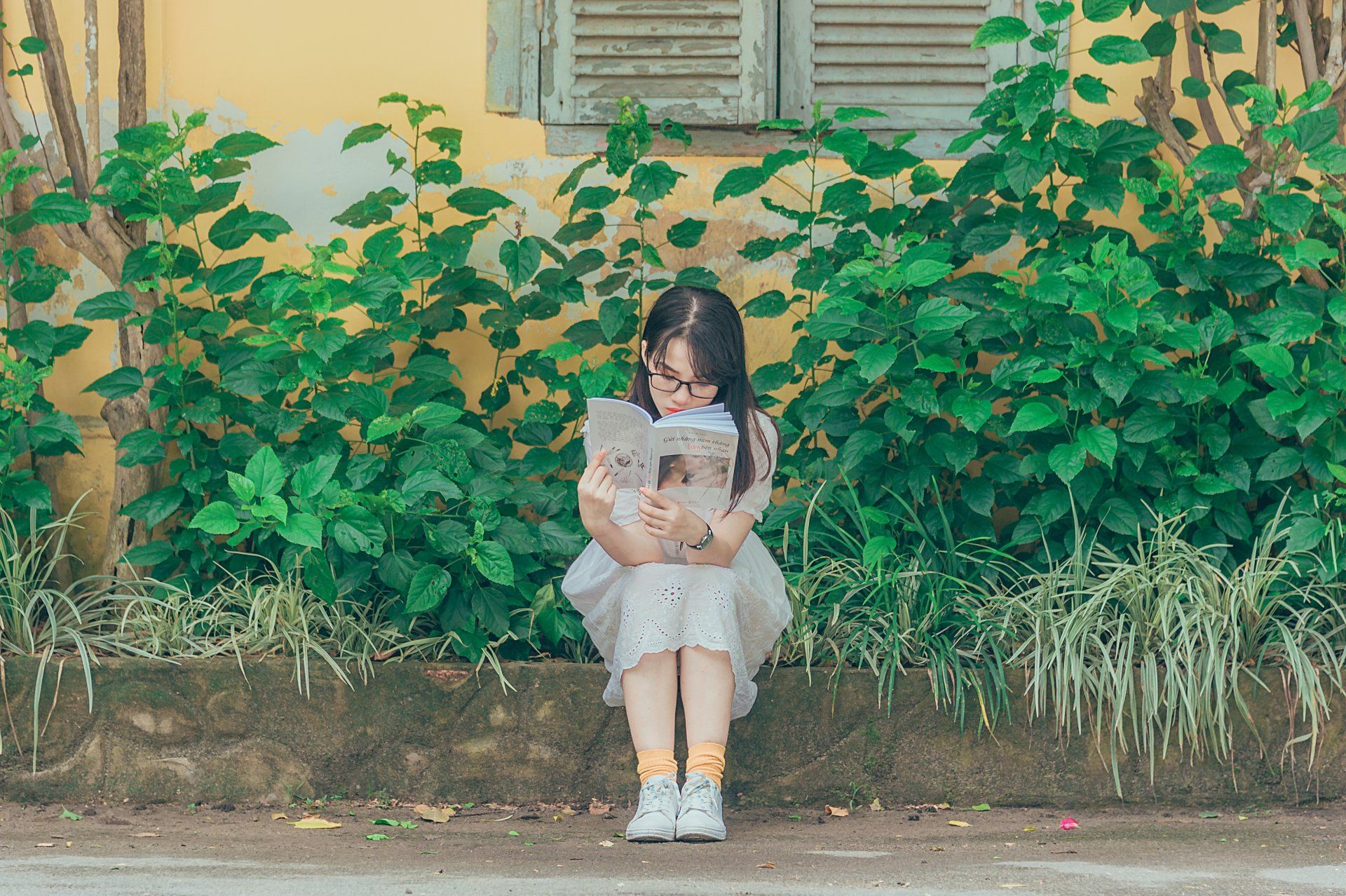
Alyssa and Reading a Little Later
Alyssa, as the 3rd child, was easily frustrated that she couldn’t do a lot of things the other older siblings could do. She was the latest reader at our house. I guess she probably learned to read fluently by 10.
She would frequently wander away when I read to them in the evenings. If we all snuggled into one big bed to read something, she'd fall asleep right away. If we were reading in the afternoon together, she'd want to color or do something else while I read out loud. I thought of her as needing some kinesthetic activity while the reading was happening... but I think it may have been more of her tuning us out.
In retrospect, something about all that value on reading made her uncomfortable.
She knew she couldn’t do it. And as she got older, she knew that other kids her age, in Girl Scouts, or the homeschool group, could read. And, more importantly, she couldn’t.
So, just like with Katie, I tried to sit down with her to do BOB books or Sing-Spell-Read-&-Write books.
She had trouble remembering words because her head was so clouded with frustration with herself. Anxiety makes focusing really difficult - and reading definitely made her anxious.
The most heartbreaking moment was when she said with tear-filled eyes,
“It’s because I’m blonde – really blonde. And I’m really dumb – just like they all say in the jokes.”
Heartbreaking for any mother to hear.
Of course I reassured her that that was NOT so, and she’d be able to read whenever her brain was ready to do it.
Looking back, I probably used terrible phrasing. (ahh...hindsight!)
But we talked about how when you’re really frustrated with something, you can’t hear or think or...anything!
Knowing that she was having this inner struggle, we became incredibly watchful. We tried to shield her from blonde jokes – and we were VERY vocal about disagreeing openly whenever we heard them. We weren’t in a lot of situations where she’d be asked to read, but when we were, we usually removed her before she even knew what was happening. At home, she & I would quietly look at different words and start to decode this reading thing. We started with words that were common for her to say. Then we moved to words that she’d need to read for Girl Scouts or 4H or her animal magazines. No big lesson plans. No “routine”. Just real life. We were building her own vocabulary list - one that had relevance in her life right away. We did a little prepping when we had advanced notice for situations in public settings. I let her Girl Scout leader know privately that she was still working on reading, so she was happy to give us any reading the troop would be doing ahead of time.
We stopped any mention of "trying out a new curriculum". Because, yes, at age 10, even after unschooling for 8 years, I was getting nervous.
We refocused on her strengths. We were more conscious of any emphasis on reading. We'd still get tons of animal books (her main interest) but I'd simply read it to her without asking her to read words I hoped she could recognize. We ended up creating a much calmer less judgmental kind of life. Not that I had been judging her before, but she felt judged and inadequate. Once all that anxiety melted away, she was able to gracefully step over the obstacles.
As she moved into her teen years, reading was primarily online – and her typing skills were and still are incredible! She was sometimes a little hesitant to read in front of a group, but with time, that improved. While that might have been a little leftover from being so self-conscious about her reading, I think it was just her personality.

So...What To Make of This?
Reading really has to do with the wiring in your brain. When your brain is ready, you do it. And if your brain is not ready, no amount of cajoling or instruction will speed it up. Much of that “encouragement” that parents try can be really detrimental. We think we’re nudging them along. But often we’re pressuring more than we realize and possibly creating real obstacles they will have to deal with later.
A Few Reading Tips:
- Keep the reading time enjoyable. If anyone is frustrated, it's time to stop. You don't want them to dread reading!
- Notice easily identifiable words that show up in life repeatedly... EXIT, On/Off, Subscribe, Names. Say, "Oh, look, there it is again.
- Create an individualized vocabulary list. If they like the idea, compile their own list of words on a big white board. As you notice words that they recognize, add it to the list. This will be a constant reminder that they're growing in their ability to read.
- Focus on their strengths. Maybe they're not going to be great at reading. Don't make that a big component in their own self worth. They're more than just their ability to read.
- Everyone learns at a different pace. Remember that Reading isn't the Holy Grail. It was in school, because after a certain grade level (usually 4th) kids who can't read independently will fall behind. The teaching method changes around then. But your home is not a classroom and you don't have to make any kind of shift that doesn't fit the kids in your home! Your kids can learn at their own pace.
- Reading isn't the only way to gain information - and that's really the point of all this, right? Learning. As times have changed, we can see how more opportunities have shown up! We're all learning online, from videos and podcasts. We can easily have Kindle read our books to us! Real life mentors are still out there - we can all learn from other people in the world. So even if we never really enjoy reading, we can still learn and enjoy stories.
Just a Note..
If we haven't met, my kids are now 34, 32, and 29. Each are able to read easily, getting into colleges or trade schools and doing well.
- Michael ended up with a degree in Journalism (Magna Cum Laude, even!) and an MBA.
- Katie started writing fan fiction in her teen years and now writes movie scripts.
- Alyssa got her cosmetology license and is now a successful business owner.
All three read primarily online, anything and everything they need.
No doors were closed to them because of their curriculum-free paths to learning to read.
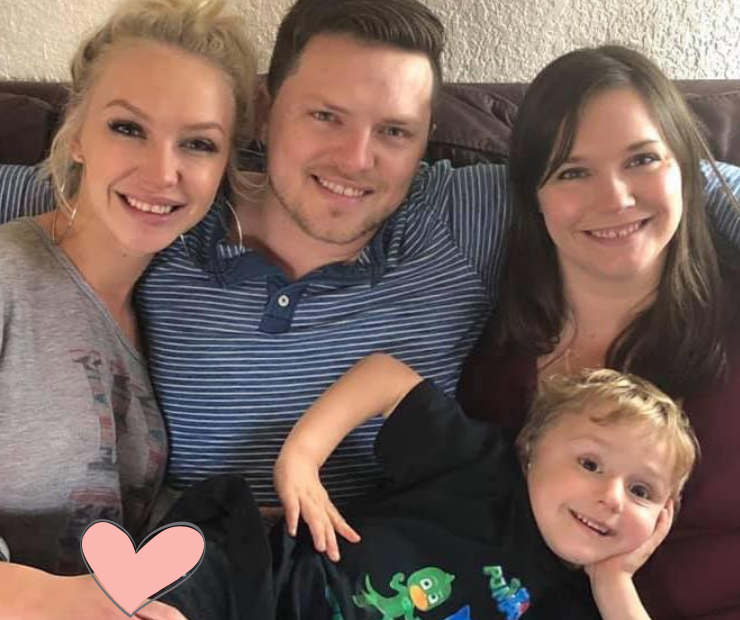
Unschooling Guide: Learning to Read
Wouldn't it be awesome to avoid the struggle of trying to teach reading to a child who often isn't ready or isn't interested? Unschooled children learn to read without lesson plans, curriculum, or time lines.
Even if your child is already reading, this 25-page full-color guide contains prompts and suggestions to try, and Q&As from real unschooling parents who have been there. This guide will also help you in your own deschooling process. It’s amazing how many conditioned ideas lurk in the back of our minds. Reading through this guide and following the suggested links may dislodge some of those ideas that are no longer serving you.


